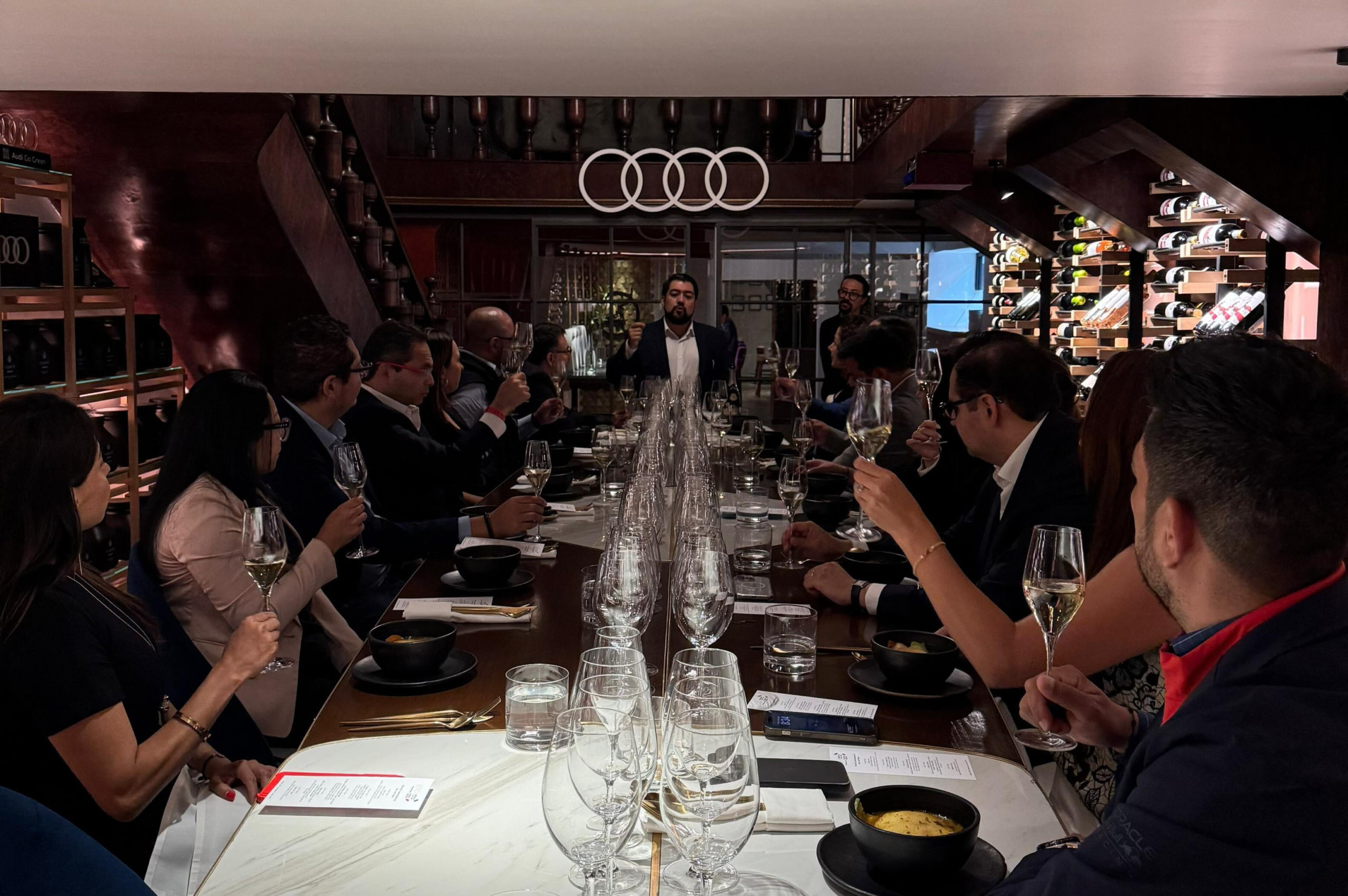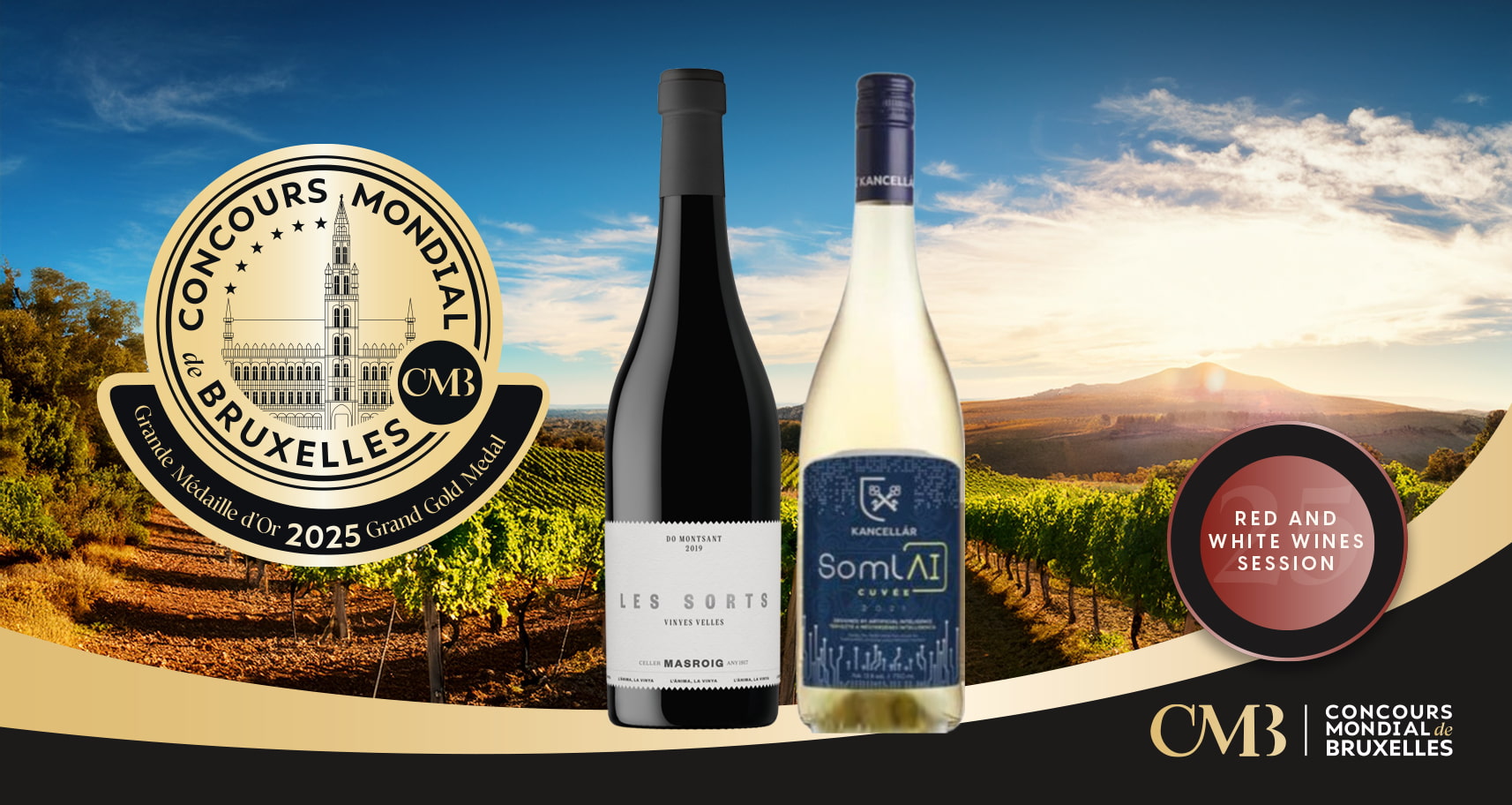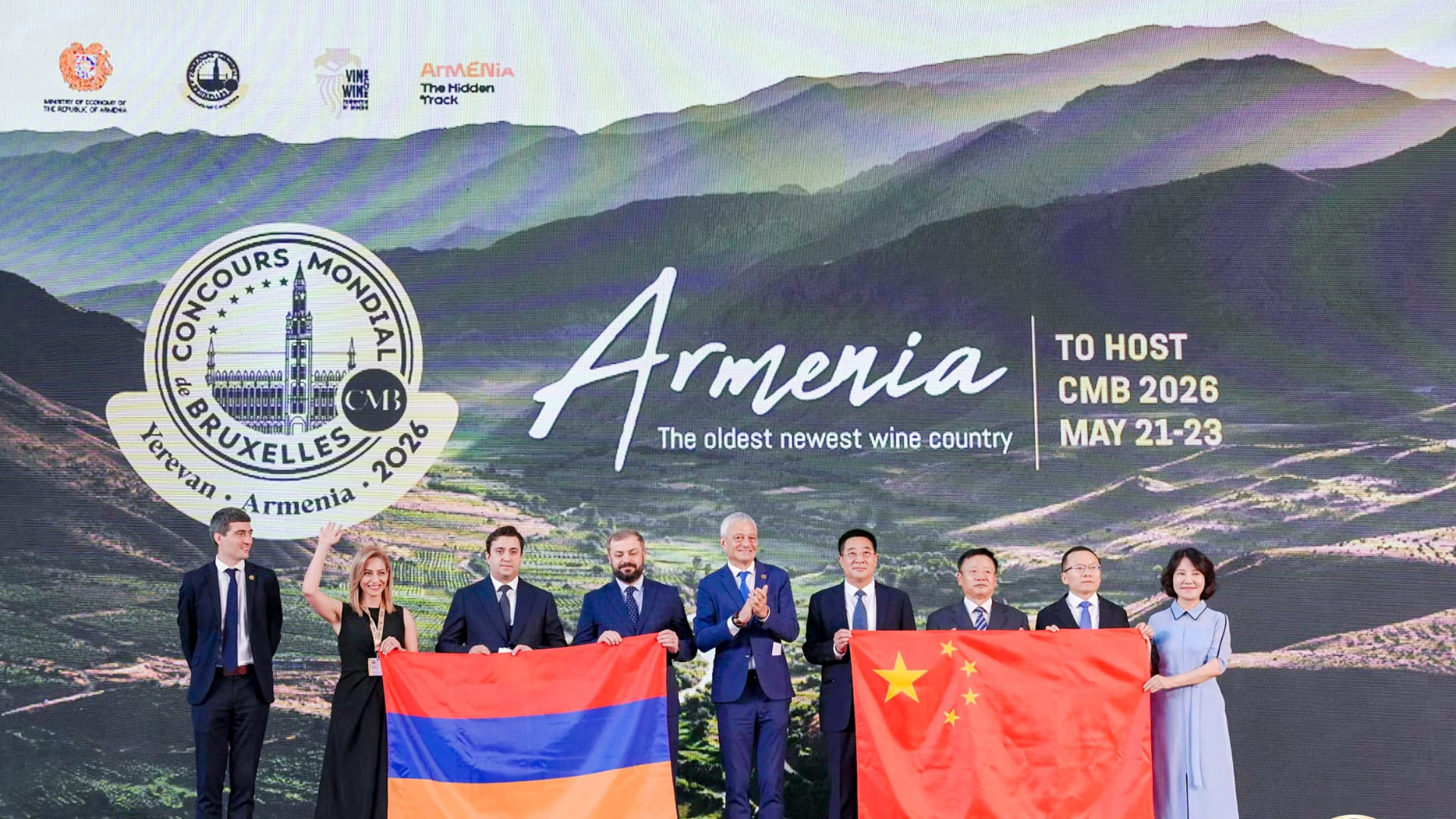Calabrian winegrowers jealously guard their native grape varieties and ensure they pass them on to future generations
Gennaro Convertini is chairman of the Enoteca Regionale Calabrese. He is an agricultural expert and tasked with promotion of the wine industry at the Regional Development Agency for Calabrian Agriculture (ARSAC). He is also chairman of the Italian sommelier federation for Calabria.
A week before the start of the 2022 Concours Mondial de Bruxelles in Cosenza, Gennaro Convertini offers to give us a detailed description of the main Calabrian grape varieties, alluding to the advantages and disadvantages involved in promoting them appropriately.
– Which grapes are best suited to the climate and soils of Calabria?
– On a peninsula located in southern Italy, with 800 km of Mediterranean coastline, you might expect the climate to be hot and dry. But in actual fact, 91% of the area is home to rolling countryside and mountains. Calabria is situated at the far end of the Apennine Mountains. Its three national parks – Pollino, Sila and Aspromonte – which start on the mountain peaks and drop down towards the Ionian and Tyrrhenian seas, create different landscapes which, over the centuries, have become the cradle of vineyards passed down since Antiquity. So, rather than Calabrian wine region, it should be referred to as the numerous renditions of the Calabrian winegrowing area, where each site has its own benchmark grape varieties and delivers unique wines drawing on the historic culture of each location. This is why, across the vineyards of Calabria, there are dozens and dozens of names of native grapes, not all of which have been fully explored or farmed, but all of which are jealously guarded by local winegrowers.
– What are Calabria’s main grape varieties?
– As mentioned above, there are many but let’s try and stick to those from which most of the Calabrian wines we find in the marketplace today are made. For the red grape varieties, definitely the most widely grown is Gaglioppo, the main varietal for red and rosé Ciró and Melissa appellation wines, in the Ionian area of Crotone. The elegance and balance of Ciró wines make them virtually unrecognisable as Mediterranean wines in terms of aroma and flavour. The rosé iteration of Gaglioppo fully expresses the varietal’s freshness and balance, making it one of the most popular rosés in the Italian market.
The second most widely grown grape variety in Calabria is the Magliocco Dolce, which is typical of areas within the boundaries of the Terre di Consenza appellation, a major production area located in the North of Calabria stretching from Mount Pollino to La Sila and from East to West from the Ionian to the Tyrrhenian sea. Such a variety of vineyard sites is encapsulated in the glass, shaping the many nuances of Magliocco Dolce. When nicely balanced, the varietal’s generous character, rich colour, acidity and tannins produce very structured, age-worthy wines.
In Lamezia and on the Costa degli Dei, around Tropea, the late-ripening Magliocco Canino is very widespread. Genetically, it differs from Magliocco Dolce, but displays just as much colour and tannin. Due to its natural level of acidity it has to be harvested later, but the wait is rewarded by elegant wines for laying down.
Nerello Mascalese – locally known as Nerello Calabrese – and Calabrese (Nero d’Avola) are grown in vineyards around the Aspromonte national park in the province of Reggio Calabria and labelled under the Bivongi appellation and PGIs Locride, Palizzi, Pellaro, Costa Viola, Scilla and Arghillà. Here, the red wines can be either more austere, typical of mountain sites, or warmer, more saline Mediterranean styles.
Greco Noir and other minor grape varieties have always played a secondary role in typical blends that form the basis of traditional wines. But what is more surprising about Calabrian grapes is the many white varieties which, for centuries, were hidden among vineyards used for producing red wines. The whites, which only ever amounted to small percentages of the total, were harvested and fermented in the blend.
The first of these is Mantonico Bianco, which is used to make niche wines but is destined to become the star of white wines from Calabria due to its strong character – it is actually a red grape masquerading as a white one. Recent genetic research has established its ancient origins and ranks it as one of the founding grape varieties of Mediterranean winegrowing.
It is followed by Greco Bianco, which comes in several versions. They range from the most aromatic on the Ionian coast of Reggio Calabria – which has the same genetic origins and history as all the famous aromatic Malvasia grapes in the Mediterranean – to the versions found in other parts of the region. The other successful white grape, which started out in the tiny region of Savuto Cosentino and is now widely grown across Calabria, is Pecorello, a non-aromatic variety which produces excellent, structured white wines.
Calabria’s white wine spectrum is complemented by two varietals with a particular aromatic influence – Zibibbo, grown on the Costa degli Dei and brought back from the brink of extinction by a clutch of young local winegrowers, and Guarnaccia Bianca, widely grown in the Pollino region, from which the famous dry white wine from Saracena is made.
– Regionwide, what is the percentage of native grape varieties in relation to international varieties?
– In Calabria, just like the rest of Italy in the 1990s, the use of international grape varieties gained traction in a bid to produce modern wines that were very popular commercially at the time. Thirty or so years later, some winegrowers have produced some very interesting and ‘typical’ iterations of them, so much so that they have now become flagships in their product range. Others continue to use them for blending with local varieties. However, the present-day trend is to safeguard and showcase the many native grape varieties. We have now reversed the previous trend because international grape varieties account for no more than 20% of Calabrian vineyards, and their share continues to decline.
– What are the main challenges encountered by Calabrian winegrowers in marketing their wines?
– The lack of awareness of Calabria and Calabrian wines is a stumbling block for marketing the wines. Another challenge is the size of most Calabrian wineries, which are small or sometimes very small, and more generally speaking the low output of grapes and bottled wines due to a drastic reduction in vineyard acreage over the past 40 years. The small amount of wine and their myriad styles make it difficult to roll out effective, modern communications across the industry.
– What is the tack taken by producers currently to promote Calabrian wines?
– At this moment in time, there is not really a promotion strategy for Calabrian wines. Institutions do standard promotional activities – attendance at exhibitions, events, open days at wineries etc – that are conducted periodically and with no coordination between institutions such as the region, provinces and chambers of commerce. The Consortiums, which receive funding through the Rural Development Programme (PDR – measure 3.2), struggle to use the few resources made available through the regional programme. They use the funding intermittently and with no continuity, despite the fact that this is a prerequisite for effective strategic promotional activities. Individually, producers simply roll out corporate marketing activities on a continual basis with professionalism, but only the medium-sized or large companies do so.


